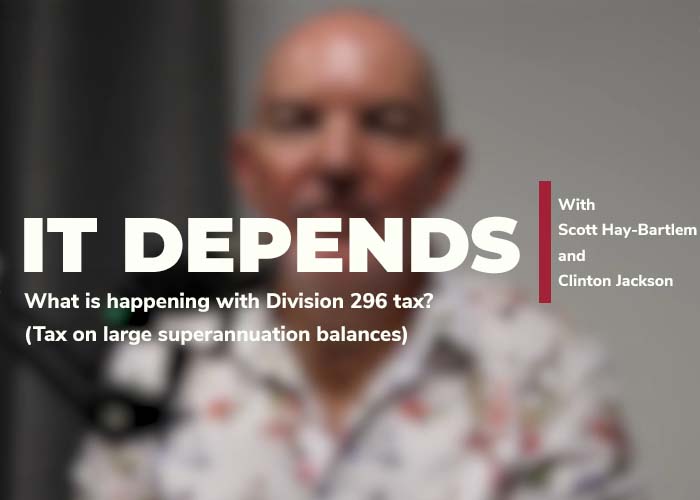The QRO has released public ruling PTAQ000.6.1 Relevant contracts – medical centres, setting out the State Commissioner’s view of the application of the relevant contract provisions to medical centres, including GP clinics, dental clinics, physiotherapy practices, radiology centres and similar health care providers.
The ruling comes after the decision in Thomas and Naaz, which we have previously discussed.
Queensland medical centres should expect audit activity. Now is the time to review how your practice operates and obtain advice about whether you are at risk of being liable for payroll tax.
What is the issue?
For payroll tax purposes, payments to contractors are often made under ‘relevant contracts’ and subject to payroll tax, unless an exemption applies. Medical and allied health industry businesses often fall within one of two types of business models:
1. An employee or contractor model (or both). In this structure, a practice entity carries on the business and contracts with its patients. The practice entity then separately engages either employees or contractors (or both) to provide the services the practice entity needs to serve its patients.
2. A service entity model. In this structure, practitioners carry on their own businesses and contract with their own patients directly. The practitioners pay a fee to a services entity for the provision of administration and other support services, and they often obtain the right to occupy the premises to carry on their businesses.
The two models have different PAYG withholding, superannuation and payroll tax consequences.
Under the first model, the payments made to the practitioner may be taxable wages and subject to payroll tax because:
- the practitioner is employed by the practice entity, or
- the practice entity engages the practitioner as a contractor under a ‘relevant contract’ and none of the exemptions apply.
Under the second model, the question is whether the agreement between the practice and practitioner is a relevant contract.
In Thomas and Naaz, the medical practice considered that it operated under a service entity model. It asserted that the patient fees the service entity collected on the doctor’s behalf were not taxable wages for payroll tax purposes because they were paid to the doctors on the basis that the doctors provided their services to patients, rather than the medical practice. The Tribunal disagreed.
The particular risk for medical practices is that their agreements and practices may mean that practitioners are providing services to the medical centre as well as their patients.
What does the QRO say?
The QRO’s position is that:
If a medical centre engages a practitioner to practice from its medical centre, or holds out to the public that it provides patients with access to medical services of a practitioner, it is likely the relevant contract provisions will apply to the contract with the practitioner unless an exception (i.e. exemption) applies.
This is a broad statement that will not apply to every single case. It is important for practitioners to keep in mind that whether their arrangements fall within the relevant contract provisions will depend on their specific circumstances.
The QRO considers that a contract between a medical centre and a practitioner is a relevant contract if all the following apply:
1. the practitioner carries on a business or practice of providing medical-related services to patients
2. in the course of conducting its business, the medical centre
(a) provides members of the public with access to medical-related services
(b) engages a practitioner to supply services to the medical centre by serving patients on its behalf
3. the relevant contract exemptions do not apply.
A key issue is going to be whether a medical centre engages a practitioner to supply services to it by serving patients for or on behalf of the medical centre. This is a finding of fact and may differ for each centre. Factors that may be relevant to this analysis include:
- the terms of any written contracts between the service entity and practitioner and whether these are consistent with the practical arrangements
- whether the service entity has operational or administrative control over the practitioner
- whether the medical centre operates a business as a medical centre, rather than a bare service entity
- whether patients pay the practitioners or medical centre for the services
- whether and how the practitioner operates their business providing services to patients.
What should you do?
Now is the time to check service agreements and the reality of how the practice operates and obtain advice.
If you would like us to assist by reviewing your services agreement and how your practice operates, or would otherwise like to discuss any of these issues, please contact a member of our team.




